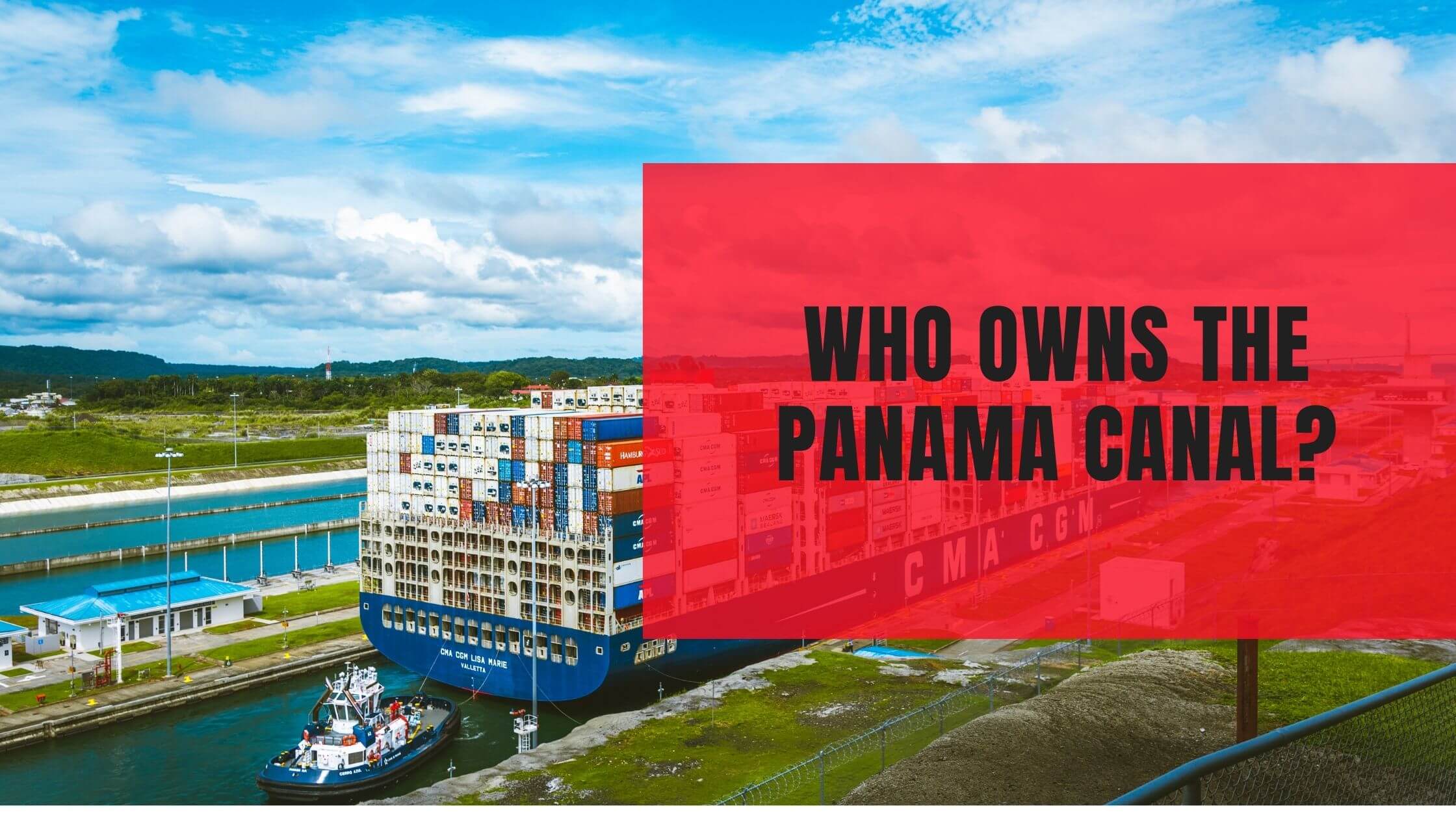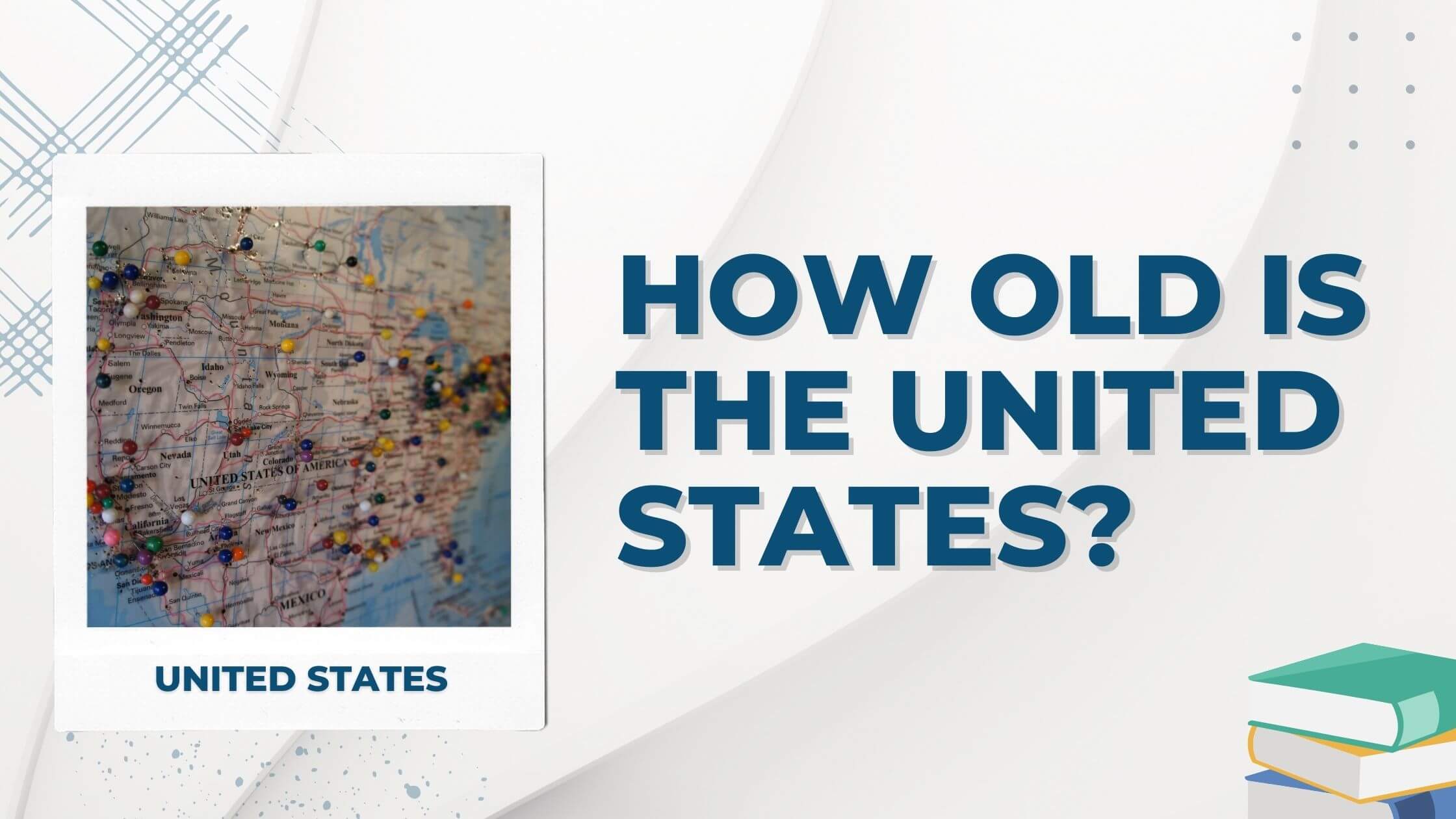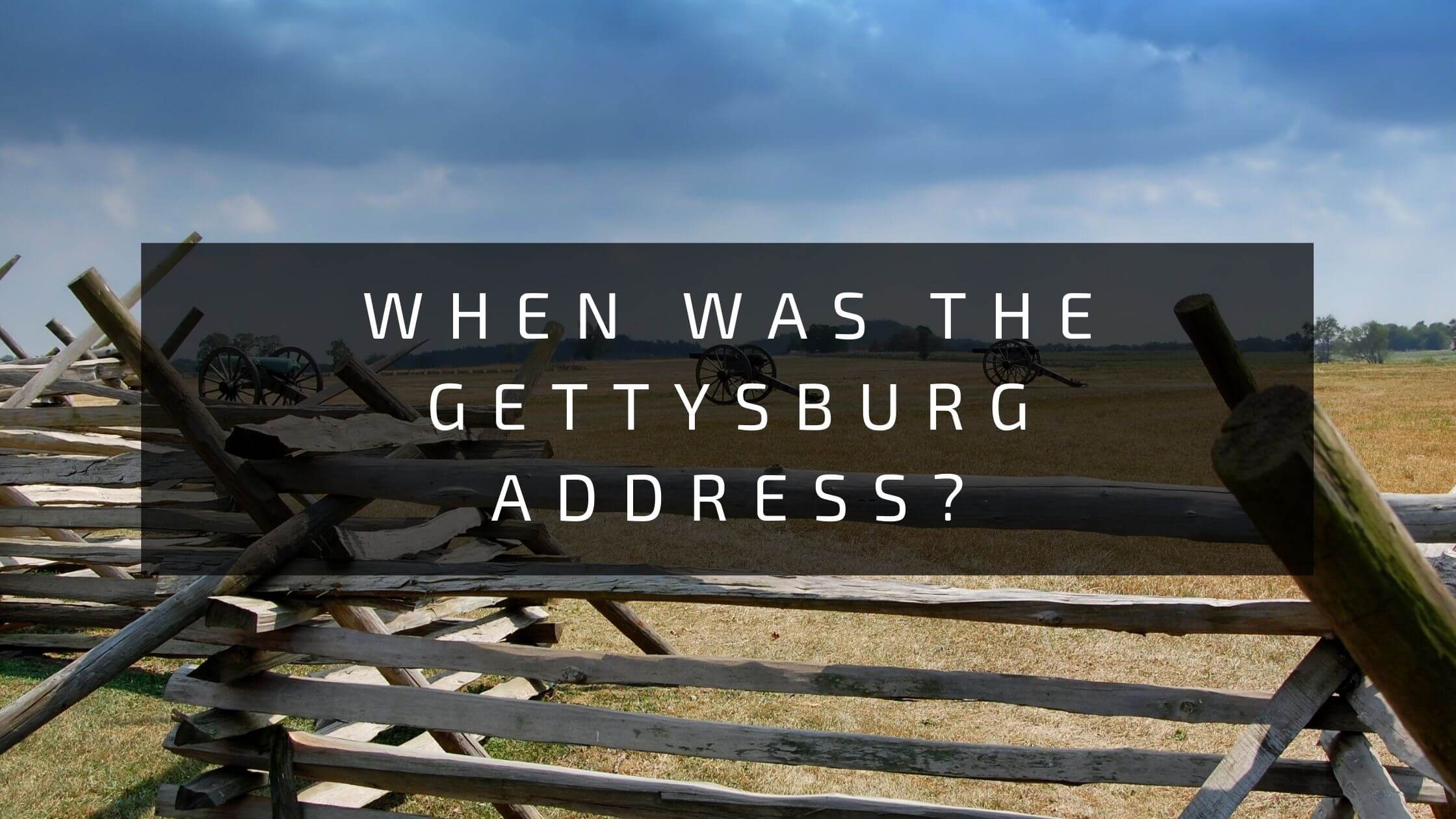Table of Contents
ToggleThe Panama Canal is an 82 km waterway that cuts through Panama and connects the Atlantic Ocean with the Pacific Ocean.
Who owns the Panama Canal?
The Panamanian government owns the Panama Canal. Panama has held control over the canal in Central America since the end of 1999. Before that, the United States maintained the canal, although France had worked on the canal project as well.
Panama administers the Panama Canal through a governmental authority that ensures the country receives all the revenue from the waterway. Panama’s management of the canal provides for a positive relationship with the United States. Previously, while the Americans leased the land for the canal, there was tension between the United States and Panama over how much control and influence the Americans had over it and the local area.
Understanding the Background of the Panama Canal
The Panama Canal was designed to create an artificial waterway that could connect the Atlantic and Pacific Oceans. The concept of the canal was first explored in the sixteenth century.
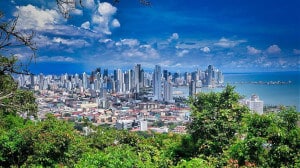
Vasco Nunez de Balboa of Spain discovered in 1513 that the Isthmus of Panama in the geographic middle of present-day Panama is a small strip that can link the Atlantic and Pacific Oceans. King Charles V ordered a review of the land to find a pathway through Panama to make it easier for ships to travel from Spain to Peru. But the project to create the canal was abandoned in 1534, as it was determined building a canal in the area would be impossible.
There remained a strong desire to construct the canal, as going through that landmass would prove to be faster and safer than ships sailing around the southern end of South America at Cape Horn.
Initial American Involvement
The United States received transit rights to the Isthmus in 1846 through the Mallarino-Bidlack Treaty with New Granada, a republic that includes present-day Panama and Colombia. The United States soon built the Panama Railway to cross the land in 1855. But an all-water canal that could allow large ships to travel through the Isthmus was the ultimate goal.
The French Start of the Canal and the American Completion
The first major plan to build the Panama Canal began in 1881, under Ferdinand de Lesseps and the Panama Canal Company, as France attempted to build the canal through the Isthmus. The French had already successfully constructed the Suez Canal, which had opened in Egypt about ten years earlier. The ambition of De Lesseps and co. was to build a more substantial canal that could handle more traffic in the area.
However, the French project encountered various engineering problems, especially with struggles to try and prepare the canal to sit at sea level. More than 25,000 workers died during the French phase of construction, leading to concerns over whether France should continue the work.
The United States leased the land for the canal through the Hay-Herran Treaty of 1903. The Americans started work on the canal in 1904, with the project ending in 1914. American efforts to build the waterway were more effective, but about 5,500 people still died during the American stage of construction.
What Caused the Americans To Surrender the Canal?
Although the Panama Canal was one of the most impressive engineering marvels in American history, people in Panama and elsewhere in Latin America weren’t necessarily in favor of the United States’ control of the canal. Many locals weren’t allowed near it, as it was American territory.
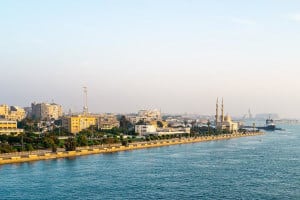
Calls for Panama to take back the canal became stronger in the 1950s as France and the United Kingdom attempted to seize control of the Suez Canal. There was also a riot in 1964 in protest at the United States’ presence in the region.
There was also the concern that while the United States was responsible for finishing the canal, the country didn’t technically own the land. The Americans simply had leased the land, but still had significant military control in the area. While the Americans had the right to defend the canal, there were concerns over how the country could ensure the site’s neutrality.
The Torrijos-Carter Treaty
Panama was granted control of the Panama Canal through the Torrijos-Carter Treaty, a treaty established between the then-respective leaders of the United States and Panama, President Jimmy Carter and Omar Torrijos. The Panama Canal Treaty stipulated the following:
- Panama would get full control of the Panama Canal on December 31, 1999.
- The canal authority would also be responsible for defending the canal after taking control of it in 1999.
- Any money obtained from the canal’s business activities would go to Panama instead of the United States.
- President Carter ensured that the United States still held the right to defend the canal from threats that might interfere with the canal’s neutral service to ships throughout the world.
The ACP’s Control
The Panama Canal Authority or ACP is the specific Panamanian government agency responsible for running the Panama Canal. The ACP manages all operations surrounding the canal. Additionally, it ensures the safety and economic autonomy of the canal.
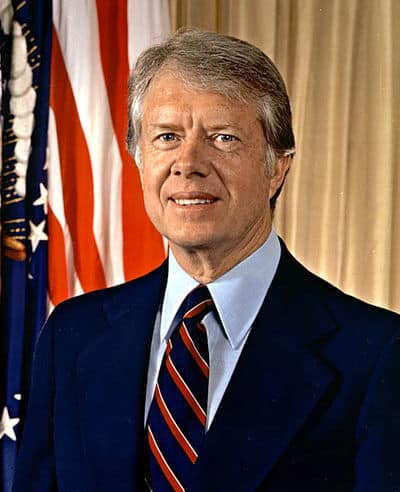
Why Is It Essential For Panama To Own the Panama Canal?
Panama’s full control over the Panama Canal is critical for many reasons:
- Since Panama receives all revenues from operating the canal, the region can grow and remain financially stable.
- The canal provides thousands of jobs for people throughout Panama. This includes employment for people in Colon and Panama City, the two major cities near the canal’s two ends.
- The ecotourism industry has also become a boon to Panama, as people worldwide visit the canal to see how it works.
- Panama no longer has any tension with the United States, ensuring a positive relationship between the two countries.
- The country also performs regular reviews of the canal watershed to ensure its functionality.
The ACP uses a strict process for verifying the ships that pass through the canal, ensuring their safety and functionality. It has measurers who board each ship to confirm its carrying capacity and record all manifests and other documents. The measurers also collect tolls at this point to allow the ACP to continue to bring in revenue through the canal.

Get Smarter on US News, History, and the Constitution
Join the thousands of fellow patriots who rely on our 5-minute newsletter to stay informed on the key events and trends that shaped our nation's past and continue to shape its present.
